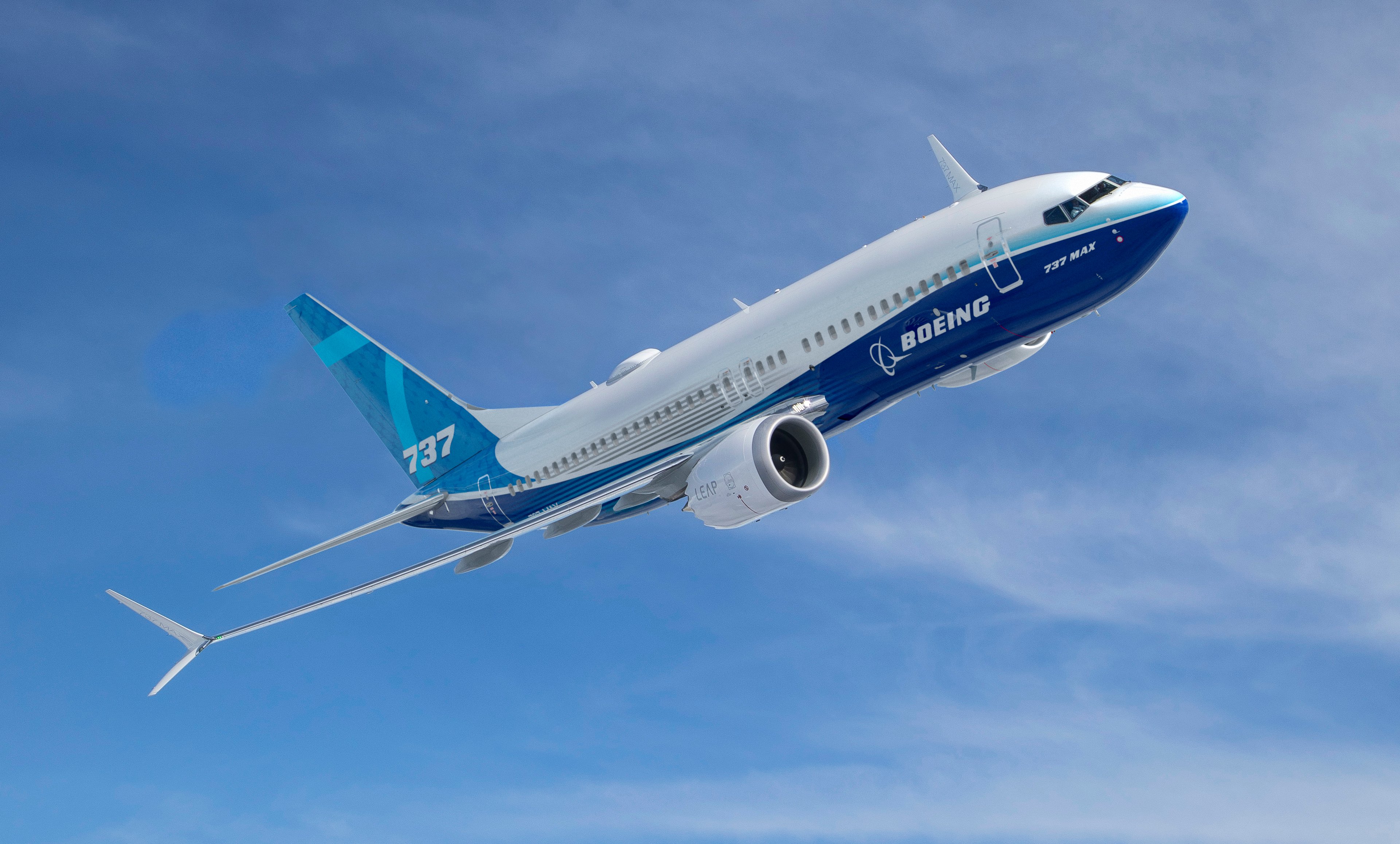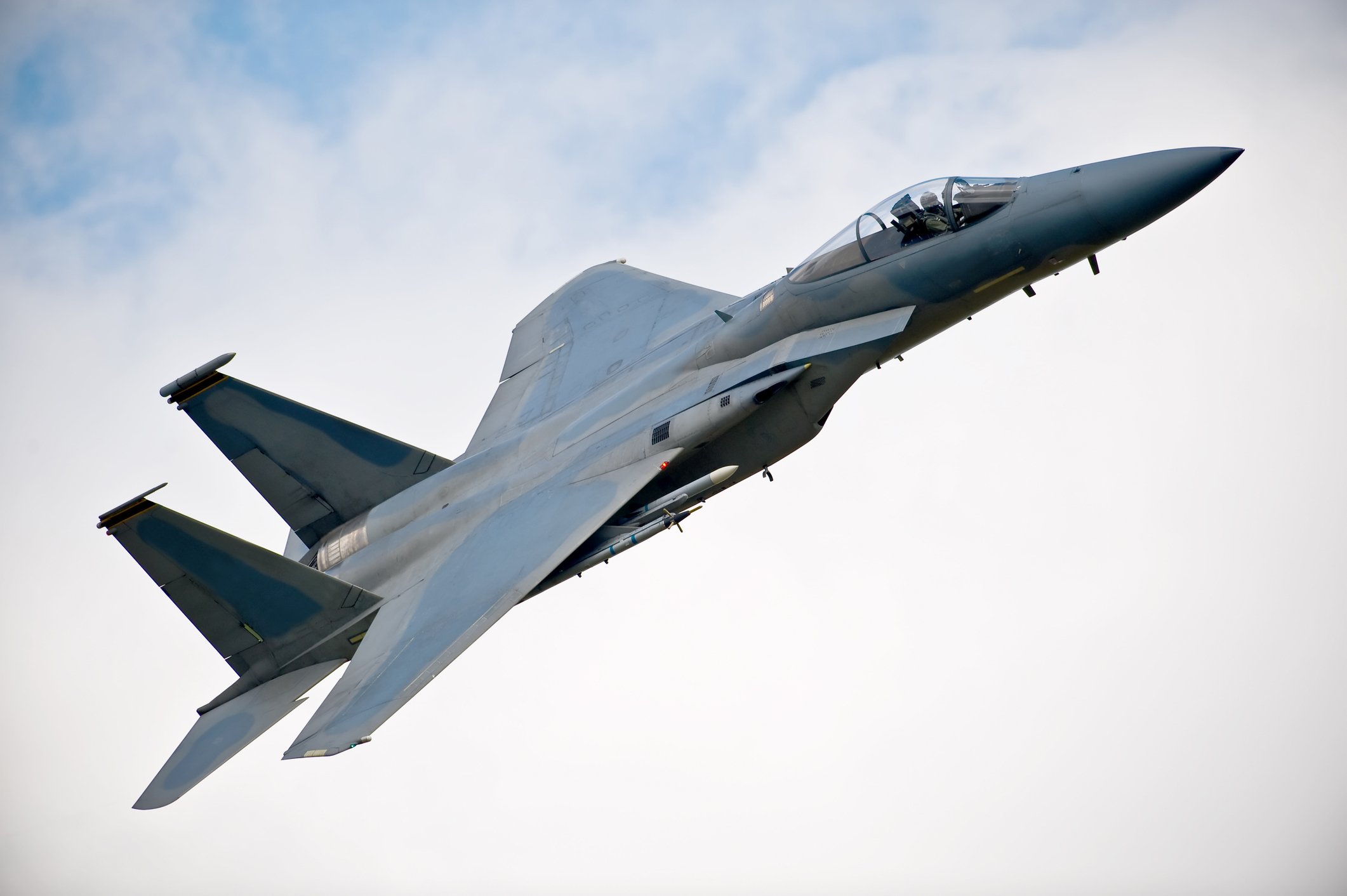In the past few years, Boeing (BA +1.98%) has consistently generated strong cash flow, as it and top rival Airbus (EADSY +1.58%) have seen a surge in global demand for new airplanes.

Demand for new airplanes has soared since the Great Recession. Photo: Airbus
In 2013, Boeing produced $9.7 billion in operating cash flow before the impact of pension contributions. In 2014, this figure ticked down marginally to $9.6 billion. For 2015, Boeing has projected that operating cash flow would total about $9.5 billion, suggesting that cash flow will remain steady just below $10 billion for a third straight year.
However, Boeing is likely to return to meaningful cash flow growth in 2016, with this growth accelerating in 2017 and 2018. Successfully increasing production of its two most popular aircraft families -- the 737 and 787 -- will be key to Boeing's success.
Huge demand for narrowbodies
Boeing and Airbus have both benefited from a surge of orders for narrowbody aircraft since 2010. Airbus has gotten a disproportionate share of the orders in that period, driving the backlog for its A320 family to more than 5,500 jets by the end of 2015.
Boeing's 737 backlog was somewhat shorter at 4,392 planes, but that's still nothing to sneeze at. At the current 737 production rate of 42 per month, it would take Boeing more than eight years to build all those planes.

Boeing has a backlog of more than 4,000 unfilled 737 orders. Photo: Boeing
As a result, Boeing will increase the 737 production rate to 47 per month in 2017 and to 52 per month in 2018. Boeing has enough production capacity to build up to 63 737s per month. Many observers expect it to increase production again at some point in the next five years, given that Airbus plans to ramp up A320 production to 60 per month by 2019.
The 737 is a cash cow for Boeing. There has been plenty of time to perfect the production process, given that Boeing has been building 737s for nearly half a century. Thus, the coming production increases will drive a solid increase in operating cash flow beginning in 2017.
The Dreamliner turns the corner
Higher production and falling costs for the 787 Dreamliner will be an even bigger driver of cash flow growth at Boeing. Up until now, Boeing has been selling Dreamliners at a loss (on a cash basis). However, production costs have been declining steadily, as is typical for a relatively new aircraft program.
Boeing expects 2016 to be a watershed year as the 787 reaches profitability on a cash basis. One key element of this expected cash flow improvement is an increase in the 787 production rate from 10 per month to 12 per month, which will boost productivity.
Boeing will also benefit this year from contractual pricing decreases from 787 suppliers and from a more favorable mix. In 2015, the smallest version of the Dreamliner (the 787-8) represented a little more than half of deliveries. The larger 787-9 -- which has a higher selling price and (on average) a higher profit margin -- accounted for the rest.

Dreamliner deliveries are shifting toward larger, more profitable models. Photo: Boeing
However, Boeing now has nearly three times as many unfilled 787-9 orders as unfilled 787-8 orders. As a result, production of the more profitable 787-9 is expected to dramatically exceed production of the 787-8 in 2016 and beyond. The introduction of the even larger 787-10 in 2018 will further improve the product mix.
Cash flow on the rise
Boeing's management has previously hinted that operating cash flow will rise next year, with much of the improvement coming from the Dreamliner. The 787 program should produce strong cash flow growth through the end of the decade as production costs continue to decline and the product mix improves further.
Meanwhile, 737 production increases in 2017 and 2018 will contribute to cash flow growth. Even the aging 767, which has been in production since the early 1980s, is getting a boost from 1.5 per month today to 2.5 per month by the end of 2017.
Bears have raised worries that Boeing will need to cut production of the 777 -- another cash cow -- prior to the introduction of the next-generation 777X in 2020. Even if it does, the impact will be far outweighed by the strong cash flow growth of the 737 and 787 programs (and, to a lesser extent, the 767 program).
At $84 billion, Boeing's market cap is less than 10 times its operating cash flow and around 12 times free cash flow. This valuation is hardly consistent with the strong cash flow growth that Boeing could generate in the next five years. As long as Boeing can execute on its production growth and cost reduction plans, the stock has plenty of upside between now and 2020.







